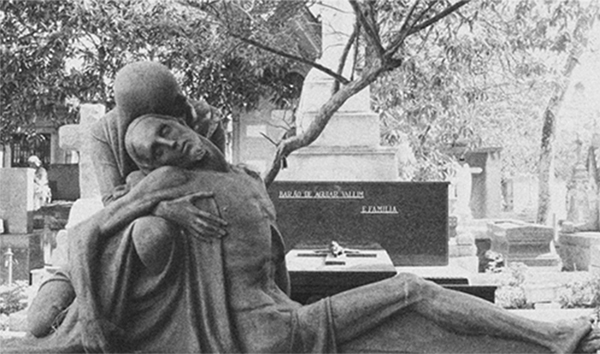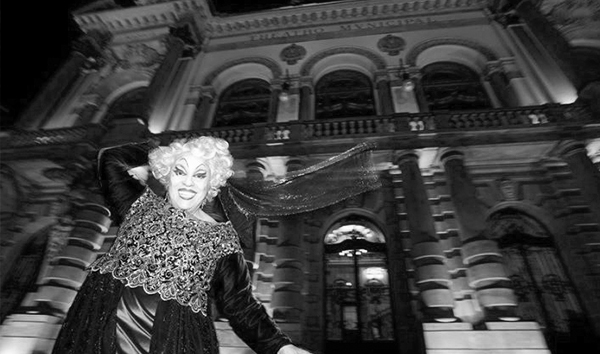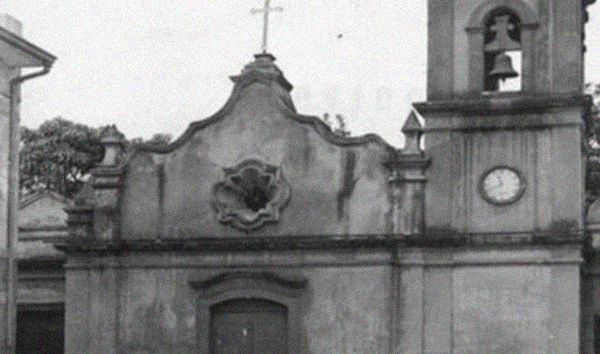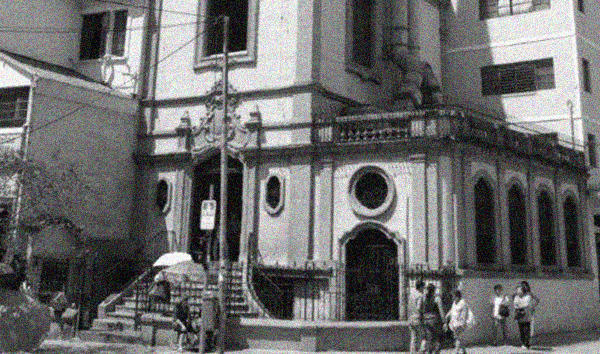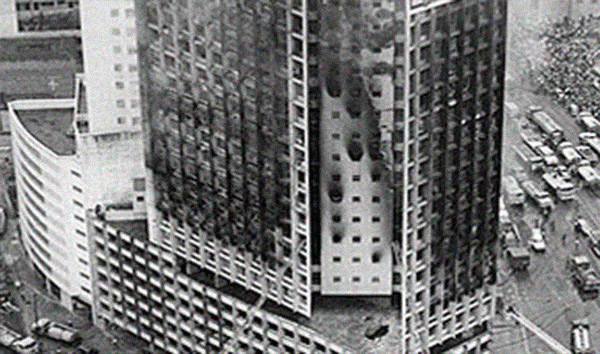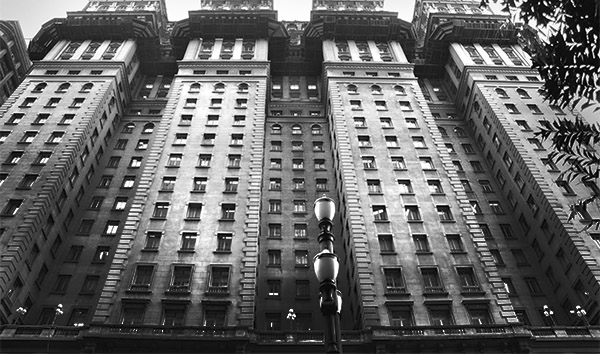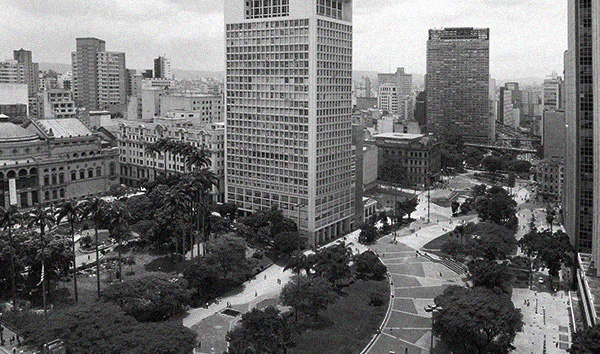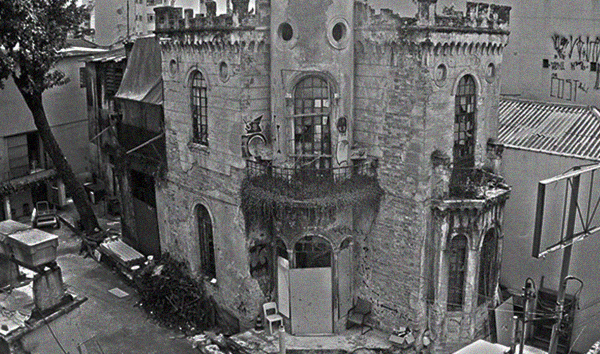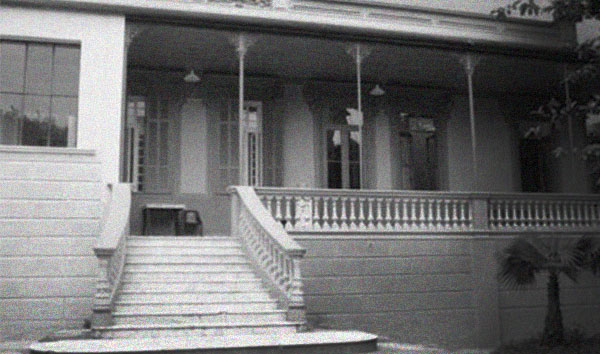30 de setembro de 2015
Horror itinerary in São Paulo
Horror stories live in the imagination of many. They are increasingly gaining more curious spectators, and São Paulo is a great option for them. Residents say that many locals and older buildings are haunted, especially those that have tragic stories. Those places end up turning into touristic points and history lessons for the curious ones.
One of the places is the Cemitério da Consolação, where the city offers a guided visit to the graves of personalities from literature, politics, music and others. There is also many sculptures and crypts that tell a little of the history of art in São Paulo. For the adventurers who decide to wander through it alone, it is possible to download a smartphone app, a QR-code reader, which transfers the user to a website with all the information about the work, person or artist.
There are tours that show other sights full of stories that will give you chills. One of them is the “Haunted Tour” in which, inside a bus, decorated with cobwebs, a dressed up actor recounts the terrifying legends of the places. The route is done in two hours, with a lot of stories from the region’s superstitions.
For the brave who decide to go to the famous places alone, there are some must-see places. Check out some of these sinister stories from the Center of São Paulo.
Capela dos Aflitos and Capela dos Enforcados
Located in the neighborhood Liberdade, both tell stories of ancient times. Starting with Capela dos Aflitos (Chapel of the Afflicted), located on Beco dos Aflitos Street. It used to be a graveyard, but over time, as there was no more room for new graves, the land was divided and houses were built in the place.
The chapels have a very close relationship, since the Praça da Liberdade (Liberdade Square) was the place where slaves and convicts were hanged. A very famous episode is the hanging of Francisco José das Chagas (Chaguinhas), known as the wronged. To this day he is regarded as miraculous. The chapel that answers the prayers of its followers is the Capela dos Enforcados (Chapel of the Hanged). However, the stories told about the place is of haunted souls who wander until today in search of justice and peace.
Edifício Joelma
They say the curse of Joelma began with the deaths of three women in 1948, the mother and two sisters, by the hands of a chemistry professor from the University of São Paulo, who was accused of the crime. While the police removed the bodies of the house’s newly constructed well, the professor committed suicide in the bathroom. In addition to these four deaths, one of the police officers who was dealing with the bodies died of cadaverous infection.
However, the most known story of the building is about the fire of 1972, with 191 deaths. It is said that the souls are still asking for help on all the 25 floors. The elevators worked hard during the event, saving a lot of people, but also made 13 victims, known as “The Thirteen Souls”, because the police failed to identify the bodies. It is said that in the place where they were buried, distress calls and moans of pain and suffering could be heard. Knowing the cause of the deaths, someone threw water on the graves and the noises ceased. From that day on, it is customary for visitors to leave glasses of water to relieve the suffering of the victims.
Edifício Martinelli
Several reports of apparitions hover the Martinelli which, in the mid-1930s, was considered Latin America’s tallest building. The stories begin around 1950, when the building fell into disrepair and became a tenement, with many people occupying the apartments without registration. With so many people living in the place, no one knew who was inside the building, and several murders began to happen. The best known are those of Neide Rosa de Souza, Davilson Gelisek and Rosa dos Santos. In addition to the crimes, the place was also marked by several suicides of people who jumped from the highest floors. With so many deaths, the regulars of the building began to gather various ghost stories, like that of the blonde woman without a face wandering the building.
Vale do Anhangabaú
The tale began long before the arrival of the Portuguese to Brazil. The Valley earned the name of “Anhangaba-y”, which, in the Tupi language, means “river of harm” or “devil’s river”. It got this name because many Indians died there, so the pagés forbade the village to drink or swim in the water of the river, because they ended up sick afterwards. And they still said that a demon, a guardian of nature, lived at the site.
With the arrival of the bandeirantes, the Indians who lived there were enslaved and many died trying to break free. Long after it, the “Viaduto do Chá” was built, and several people committed suicide there. The stories of ghosts have been haunting the place and its visitors for years and years.
Castelinho of Apa Street
The Castelinho on the Apa Street was the scene of another historic crime, where two brothers shot one another to death and ended up hitting their mother during the fight. The police at the time blamed one of the brothers for what happened, but until today there are some details in the story that are not very clear, for example, the fact that one of the brothers had taken two shots. Since then, everyone who decides to live or spend the night in the place hear noises of footsteps on the stairs, doors opening or closing, and find the taps open in the morning.
Dona Yayá’s House
Sebastiana de Melo Freire, nicknamed Dona Yayá, was a member of one of the most important families of São Paulo. It is said that her family was cursed, because its members gradually passed away, one by one, of strange and sometimes unexpected deaths. Being the sole heir of the family, the girl ended up being diagnosed with a mental illness. For the sake of her recovery, she was arrested in her house, adapted to the purpose, but suffered for the rest of her life.
The house was incorporated into the heritage of the University of São Paulo in 1969. After renovations, it is open for tours and houses the University’s Center of Cultural Preservation. The best known visitors are the screams and moans of the previous owner, and shadows who insist on attending the place.

 English
English
 Español
Español

